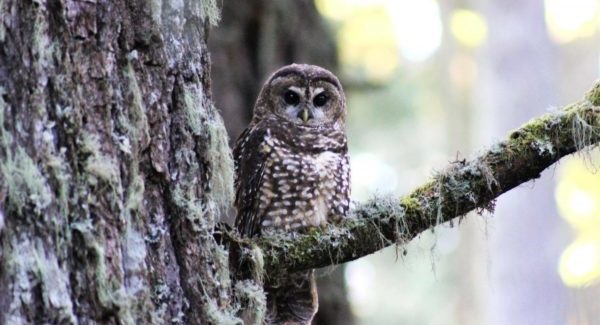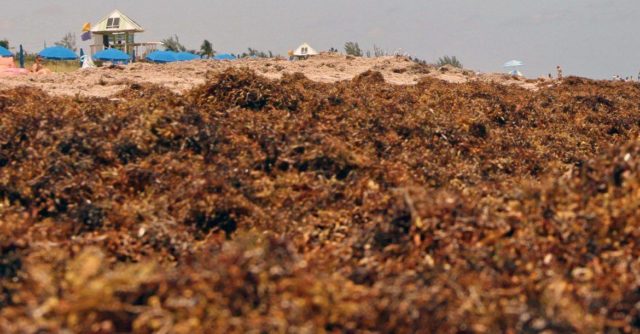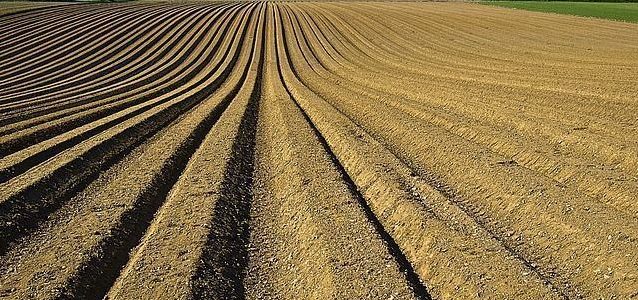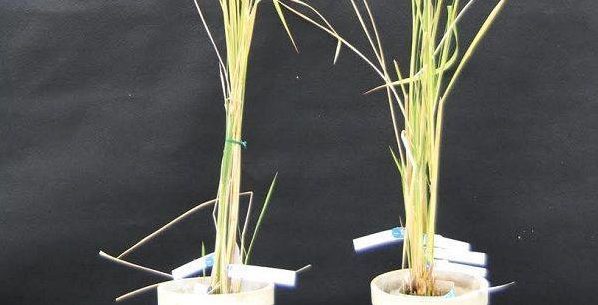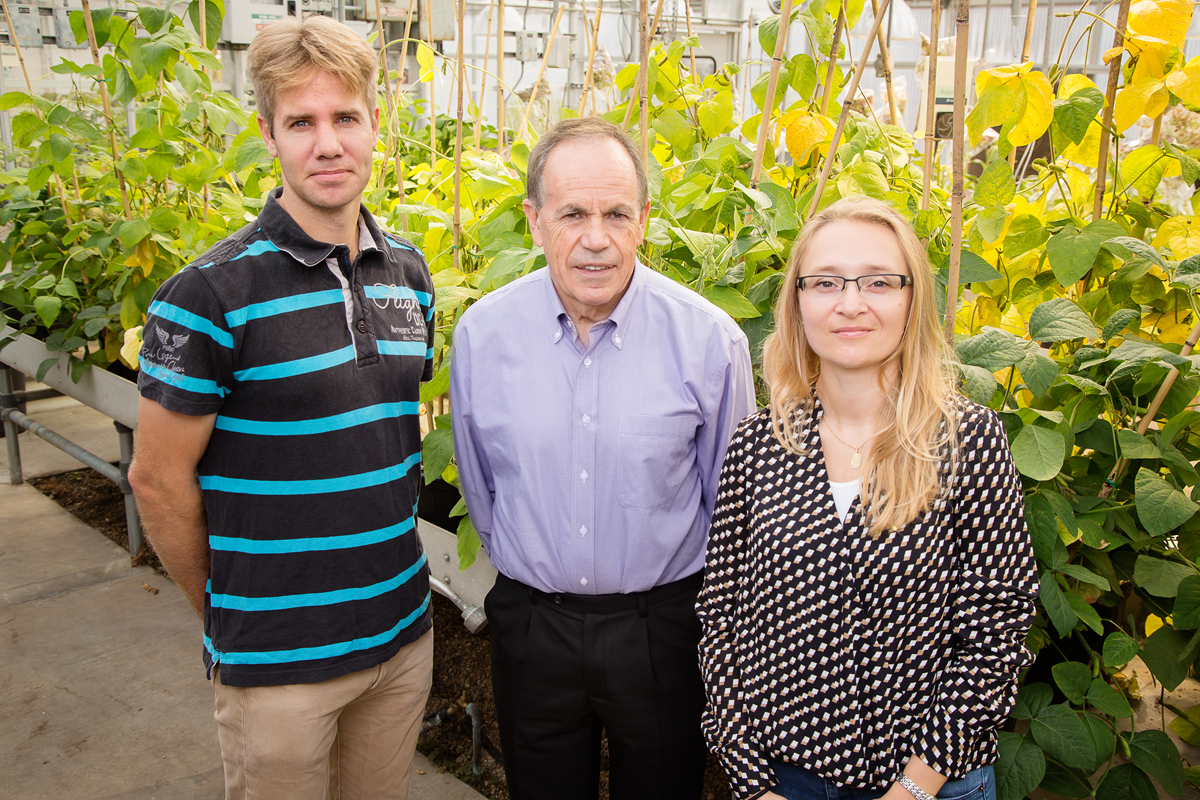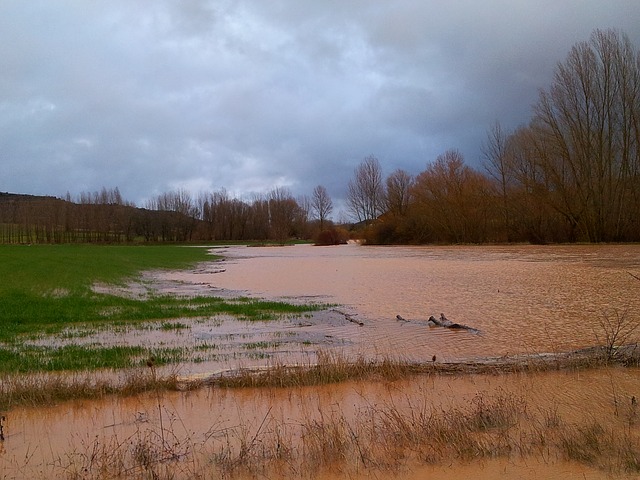Scientists led by the University of South Florida College of Marine Science used NASA satellite observations to discover the largest bloom of macroalgae in the world called the Great Atlantic Sargassum Belt (GASB), as reported in Science.
They confirmed that the belt of brown macroalgae called Sargassum forms its shape in response to ocean currents, based on numerical simulations. It can grow so large that it blankets the surface of the tropical Atlantic Ocean from the west coast of Africa to the Gulf of Mexico. This happened last year when more than 20 million tons of it – heavier than 200 fully loaded aircraft carriers – floated in surface waters and some of which wreaked havoc on shorelines lining the tropical Atlantic, Caribbean Sea, Gulf of Mexico, and east coast of Florida.
The team also used environmental and field data to suggest that the belt forms seasonally in response to two key nutrient inputs: one human-derived, and one natural.
In the spring and summer, Amazon River discharge adds nutrients to the ocean, and such discharged nutrients may have increased in recent years due to increased deforestation and fertilizer use. In the winter, upwelling off the West African coast delivers nutrients from deep waters to the ocean surface where the Sargassum grows.
“The evidence for nutrient enrichment is preliminary and based on limited field data and other environmental data, and we need more research to confirm this hypothesis,” said Dr. Chuanmin Hu of the USF College of Marine Science, who led the study and has studied Sargassum using satellites since 2006. “On the other hand, based on the last 20 years of data, I can say that the belt is very likely to be a new normal,” said Hu.
Hu spearheaded the work with first author Dr. Mengqiu Wang, a postdoctoral scholar in his Optical Oceanography Lab at USF. The team included others from USF, Florida Atlantic University, and Georgia Institute of Technology. The data they analyzed from NASA’s Moderate Resolution Imaging Spectroradiometer (MODIS) between 2000-2018 indicates a possible regime shift in Sargassum blooms since 2011.
“The scale of these blooms is truly enormous, making global satellite imagery a good tool for detecting and tracking their dynamics through time,” said Woody Turner, manager of the Ecological Forecasting Program at NASA Headquarters in Washington.
In patchy doses in the open ocean, Sargassum contributes to ocean health by providing habitat for turtles, crabs, fish, and birds and producing oxygen via photosynthesis like other plants. “In the open ocean, Sargassum provides great ecological values, serving as a habitat and refuge for various marine animals. I often saw fish and dolphins around these floating mats,” Wang said.
But too much of this seaweed makes it hard for certain marine species to move and breathe, especially when the mats crowd the coast. When it dies and sinks to the ocean bottom at large quantities it can smother corals and seagrasses. On the beach, rotten Sargassum releases hydrogen sulfide gas and smells like rotten eggs, potentially presenting health challenges for people on beaches who have asthma, for example.
2011: A Tipping Point
Before 2011, most of the pelagic Sargassum in the ocean was primarily found floating in patches around the Gulf of Mexico and Sargasso Sea. The Sargasso Sea is located on the western edge of the central Atlantic Ocean and named after its popular algal resident. Christopher Columbus first reported Sargassum from this crystal-clear ocean in the 15th century, and many boaters of the Sargasso Sea are familiar with this seaweed.
In 2011, Sargassum populations started to explode in places it hadn’t been before, like the central Atlantic Ocean, and it arrived in gargantuan gobs that suffocated shorelines and introduced a new nuisance for local environments and economies. Some countries, such as Barbados, declared a national emergency last year because of the toll this once-healthy seaweed took on tourism.
“The ocean’s chemistry must have changed in order for the blooms to get so out of hand,” Hu said. Sargassum reproduces vegetatively, and it probably has several initiation zones around the Atlantic Ocean. It grows faster when nutrient conditions are favorable and when its internal clock ticks in favor of reproduction.
To unravel the mystery, the team analyzed fertilizer consumption patterns in Brazil, Amazon deforestation rates, Amazon River discharge, two years of nitrogen and phosphorus measurements taken from the central western parts of the Atlantic Ocean, among other ocean properties.
While the data are preliminary, the pattern seems clear: the explosion in Sargassum correlates to increases in deforestation and fertilizer use, both of which have increased since 2010.
A Recipe for a Doom and Gloom Bloom
The team identified key factors that are critical to bloom formation: a large seed population in the winter left over from a previous bloom, nutrient input from West Africa upwelling in winter, and nutrient input in the spring or summer from the Amazon River. In addition, Sargassum only grows well when salinity is normal and surface temperatures are normal or cooler.
The 2011 bloom was likely caused by Amazon River discharge in previous years, Wang said, but was driven to even larger proportions by the double whammy of upwelling in the eastern Atlantic and river discharge on the western Atlantic.
As noted in the satellite imagery, major blooms occurred in every year between 2011 and 2018 except 2013 – and the cocktail of ingredients necessary explains why. No bloom occurred in 2013 because the seed populations measured during winter of 2012 were unusually low, Wang said.
Hu also explained why the tipping point started in 2011 instead of 2010, even on the heels of significant Amazon discharge in 2009. Significant rain in 2009 introduced freshwater to the ocean, which reduced salinity. Plus, in 2010 the sea surface temperature was higher than normal. Sargassum didn’t bloom in either 2009 or 2010 because these conditions do not favor Sargassum growth.
“This is all ultimately related to climate change because it affects precipitation and ocean circulation and even human activities, but what we’ve shown is that these blooms do not occur because of increased water temperature,” Hu said. “They are probably here to stay.”
The team reports that a more detailed seasonal pattern likely to be recurring looks like this:
- January: Sargassum in Central Atlantic provides the seeds for the subsequent spring-summer blooms
- Jan-April: Sargassum develops into a bloom extending to the tropical Atlantic (some may reach Caribbean)
- Apr – July: Blooms continue to develop into a Great Atlantic Sargassum Belt (extends northwestward by the North Brazil Current and North Equatorial Current, and eastward to the West Africa coast by the North Equatorial Counter Current)
- After July: Bloom continues to the eastern Atlantic while overall abundance begins to decrease
- Sept-Oct: Bloom gradually dissipates
- Winter: Either the mats dissipate (as in 2012) or contribute to new blooms in the coming year
No Crystal Ball and More Work Needed
The Sargassum bloom in the Caribbean during the early parts of this year was even worse than last year, Hu said, and it’s likely to impact holiday vacations in the northern Caribbean and south Florida, including Dominican Republic, Puerto Rico, Jamaica, Quintana Roo, Florida Keys, Miami Beach, and Palm Beach.
In general, predicting future blooms is difficult, Hu said, because the blooms depend on a wide-ranging spectrum of factors that are hard to predict. There’s a lot left to understand, too, such as whether and how the Sargassum belt affects fisheries.
“We hope this provides a framework for improved understanding and response to this emerging phenomenon,” Hu said. “We need a lot more follow-on work.”
Read the paper: Science
Article source: University of South FLorida
Image: Brian Cousin, Florida Atlantic University’s Harbor Branch Oceanographic Institute
